Inigo Townsend
18012372
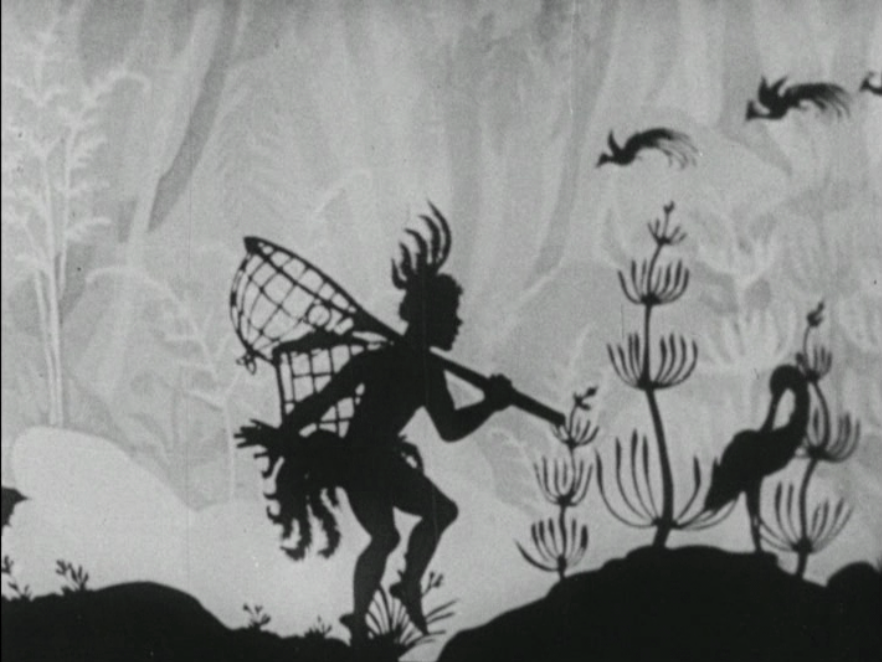
Stop motion animation is a technique that has been used since the origin of cinema. In this post I will describe its historical beginnings, the different formats and techniques and how it has continued to innovate the way we explore narratives and tell stories.
1850-1900: Origins
The beginnings of stop motion animation can be traced to the introduction of the phénakisticope or stroboscopic discs. These beautifully illustrated objects created an image cycle when moving. Drawing influence from shadow theatre and puppetry, the discs can be traced as far back as the 1830s. With time, various innovations were added to make the images more sophisticated. When moving picture film was created in the 1890s, it provided a natural path to the creation of what we now consider stop motion animation.
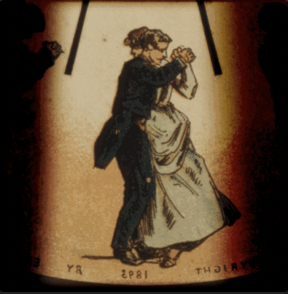
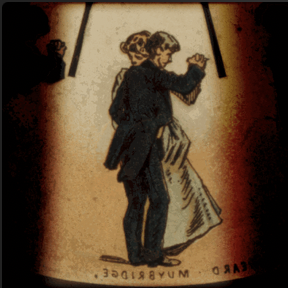
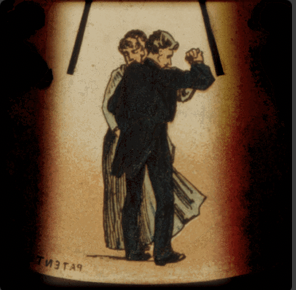

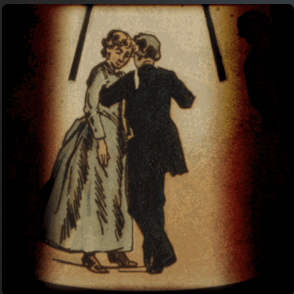
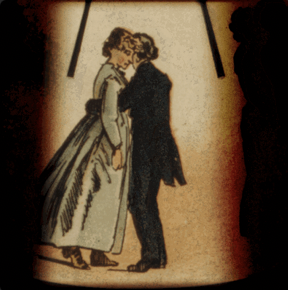
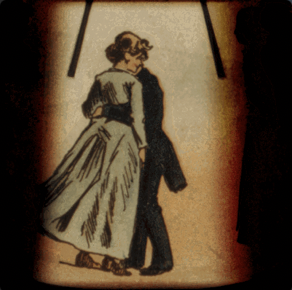

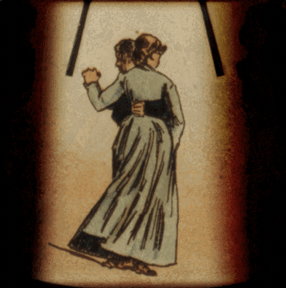
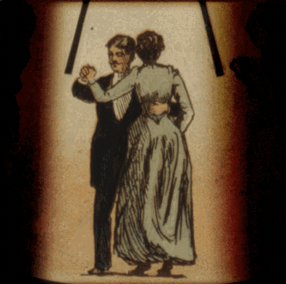
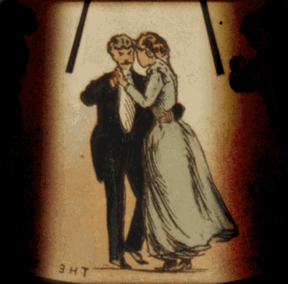
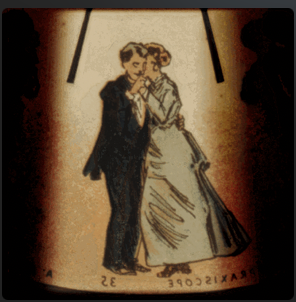
Edward Muybridge – A Couple Waltzing (1890)
1900-1920: Innovation in Silent Film
As the silent film movement progressed, so also did stop motion. Across Europe and America, film makers were beginning to experiment with different methods to present their work. In France, Segundo Chomón began creating films using a mix of stop motion dolls and live action for a young Pathé film company. In Russia, Ladislas Starevich would use dead insects to create the animated characters in his films. In America, Helena Smith Dayton was using clay and plasticine in her work, setting the trend for what we now know as claymation.
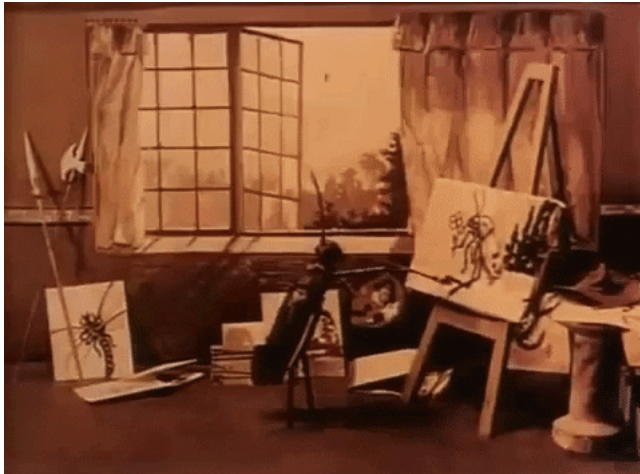
Ladislas Starevich – The Cameraman’s Revenge (1912)
1920 -1940: Post War Period and Sound Innovation
By the end of the first world war the artistic landscape was changing. In Europe, the DADA art movement began to explore the absurd, introducing artistic styles such as cut paper, the combine and readymades. German animator Hans Richter began making absurd and surreal animated films such as Ghosts Before Breakfast (1928).
In contrast in America, the economy was booming and the age of the roaring twenties was in full effect. Animation was given the chance to grow in style and sophistication, allowing 2D single cell cartoonist Walt Disney to take to the mainstream stage. With the introduction of synchronised sound this would dominate the ‘Golden Age’ of American animation, creating infamous characters such as Mickey Mouse, forcing stop motion as an art form into decline.

Hans Richter – Ghosts For Breakfast (1928)
1950-1970: Return In Popularity and Television
By the end of the second world war, the contemporary landscape for animators had changed again, allowing a new stage to emerge for stop motion. In America, filmmaker Raymond Harryhausen was developing the ‘Dynamation’ technique. This process allowed him to merge his stop motion models with live action, a technique that begun to be used extensively in the sci-fi/fantasy genre in American film and TV.
Behind the iron curtain there were also major innovations. Polish animator Witold Giersz began to popularise the Oil on Glass technique in his film Czerwone (1963). In England, Terry Gilliam would repopularise the cut-paper technique with his absurd television comedy work with Monty Python. In 1969, the BBC first aired the children’s television show The Clangers, and in 1972, Aardman Studios were established, creating Wallace and Gromit.
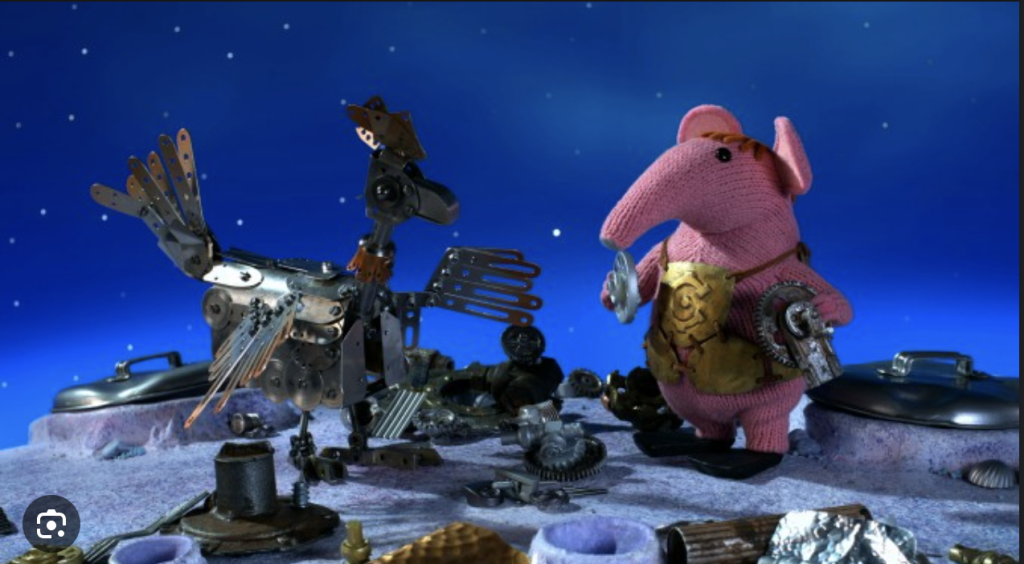
Smallfilms – The Clangers (1969)
1980s-Present Day: Musical Films and Hollywood Epics
In the late 70s and early 80s, Cosgrove Hall Films created a number of classic stop motion films for children, with the stand out picture being feature length musical The Wind In the Willows (1983). This film was key in setting the tone for many of the stop motion musicals that would emerge over the coming decades.
in 1988, Tim Burton made his film debut with Beetlejuice. This film used stop motion to create the absurdist special effects that later informed his style and auteur filmmaking status. In 1993, Burton created the musical stop motion film The Nightmare Before Christmas, which at the time became the highest grossing stop motion film in history.
In recent years, we have seen the worlds leading directors producing Stop Motion Cinema. Wes Anderson’s Fantastic Mr Fox (2008) boasts an all-star Hollywood cast, Whilst Guillermo del Toro’s Pinocchio (2022) grossed over 100 million dollars worldwide.
In Conclusion, Stop motion has cemented its status as one of the most important innovators of cinema since its formation. Its seemingly limitless disciplines and capacity for innovative change has allowed artists for over a century to sculpt beautiful cinematic treasures.
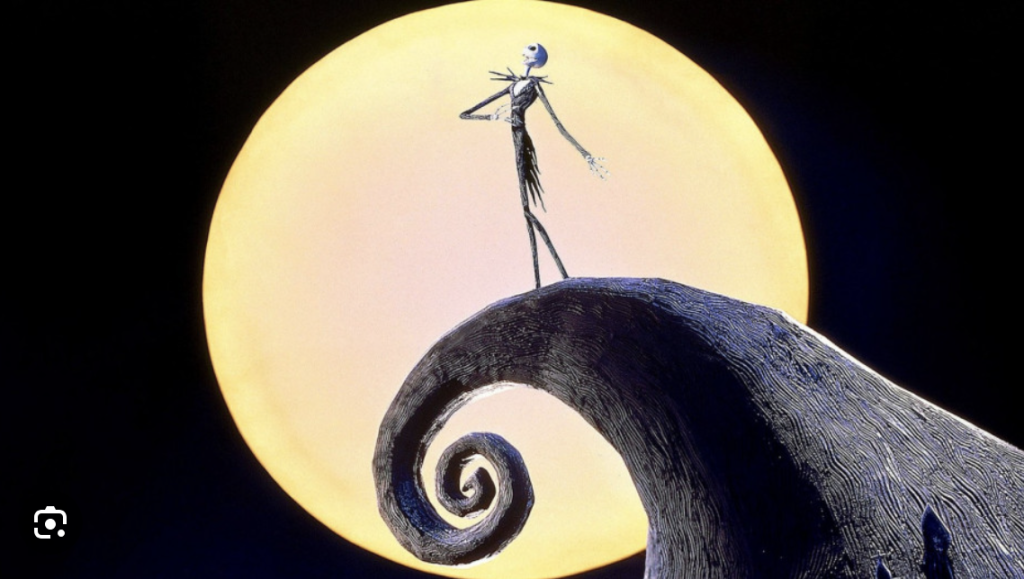
Tim Burton – The Nightmare Before Christmas (1993)